Not only summer, but also autumn is a perfect time to visit Cetinje, the Old Royal Capital city of Montenegro. This is the period in which you can experience the authentic atmosphere of the town by walking through the historical center, relaxing with local people at one of the many open-air terraces or chilling out in one of the centuries-old parks.
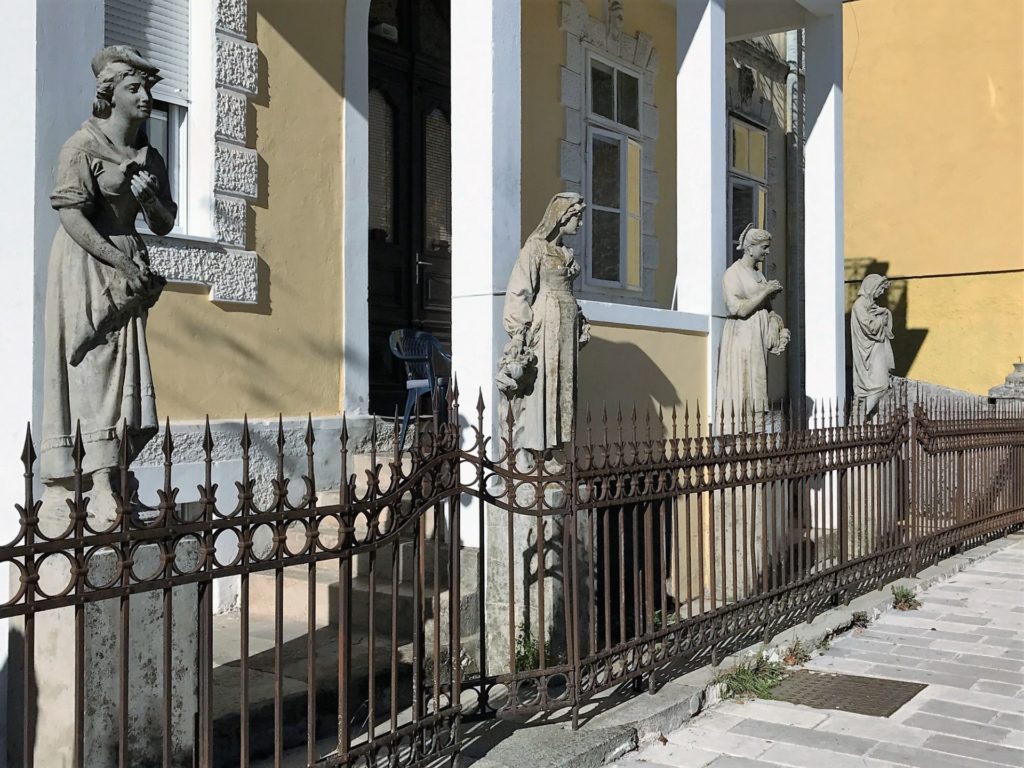
What makes this town so special? Well, Cetinje can be considered the cradle of Montenegro’s civilization, as it was founded in 1482 by the Montenegrin ruler Ivan Crnojević. On a small plateau at the foot of Mount Lovćen, among inaccessible peaks and thus easy to defend, he built his court and founded a monastery as a personal endowment. The town was further developed by the rulers of the Petrović dynasty, but only when the independence of Montenegro was recognized at the Berlin Congress (1878) and, consequently, Cetinje became the capital of a European country, it started to flourish, in particular during the reign of King Nikola I in the beginning of the 20th century. After World War II the nation’s official capital was shifted to Podgorica – then called Titograd -, but Cetinje remained its historical and cultural centre.
There are 5 things you should not miss when visiting Cetinje:
- Strolling through the main street
Make a walk through the main street: Njegoševa ulica. This street, partly a pedestrian zone, is very cute and gives you a glimpse of Cetinje’s history. Passing under an arch of linden trees, you will see well-preserved pastel-colored houses, which are quite different from the Venetian style on the coast. It’s true, some cottages have collapsed and still need to be reconstructed, but in the meantime, their façades are covered with nice historical pictures showing the first Girls’ School, a group of Partisans celebrating victory, the first printing press… There are also a few old palaces along the street: keep an eye out for Djukanović’s Palace with its nice sculptures. At the southern end of the street are two shady parks and the elegant Blue Palace, built in 1895 – nowadays the residence of Montenegro’s president.
- Visit the Monastery
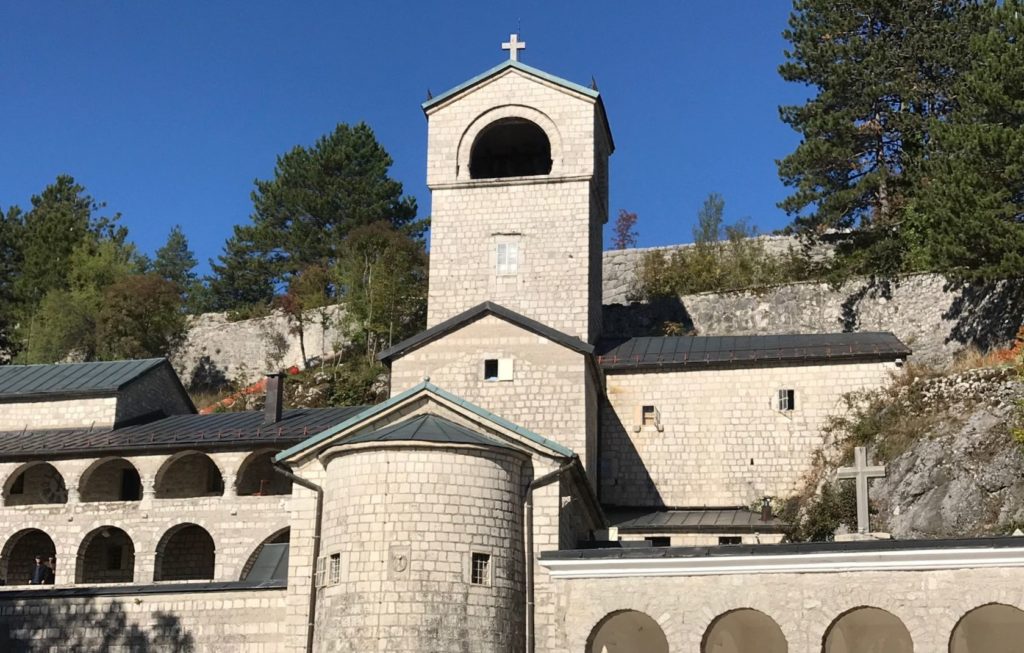
The Cetinje Monastery was built by Prince Danilo in 1701 at the foot of Eagle’s Rock (Orlov krš) and has become the center of spiritual and cultural life in Montenegro. The complex includes a small church, dedicated to the Birth of the Virgin, which houses a coffin with the relics of St. Peter of Cetinje. Allegedly, the monastery also keeps the right hand of John the Baptist and a segment of the Holy Cross. The amazing Monastery Treasury can only be visited by groups. And don’t forget: proper clothing must be worn and taking pictures is not allowed.
- Explore the National Museum
The National Museum of Montenegro is a collection of five buildings, including the former royal palace. A joint ticket will get you into all of them (€ 10.00), but you can also buy individual tickets. The most important museums are:
– King Nikola’s Palace: on a guided tour through this museum, you will see artifacts, furniture and paintings connected with the life of the Royal family;
– Biljarda, the former residence of prince-bishop and poet Petar II Petrović Njegoš, was built in 1838. The building was named after the billiard table that Njegoš brought from Italy. Can you imagine that fifty young men carried the billiard table’s parts from Kotor up to Cetinje?
– Relief map of Montenegro, made by Austrian officers in 1917;
– Art Museum: this museum is situated in the former Government House and houses a significant painting collection. This is also the place where you can find the famous icon of Our Lady of Philermos; it is believed that this icon was painted by St. Luke, only 15 years after the Ascension of Jesus;
– Court Church of Ćipur: was constructed by King Nikola. Ruins of the old monastery founded by the Crnojević dynasty were discovered next to the church. In 1989, the remains of the last Montenegrin king Nikola, his wife Milena and two daughters were transferred from San Remo to Cetinje and buried in the Ćipur Church.
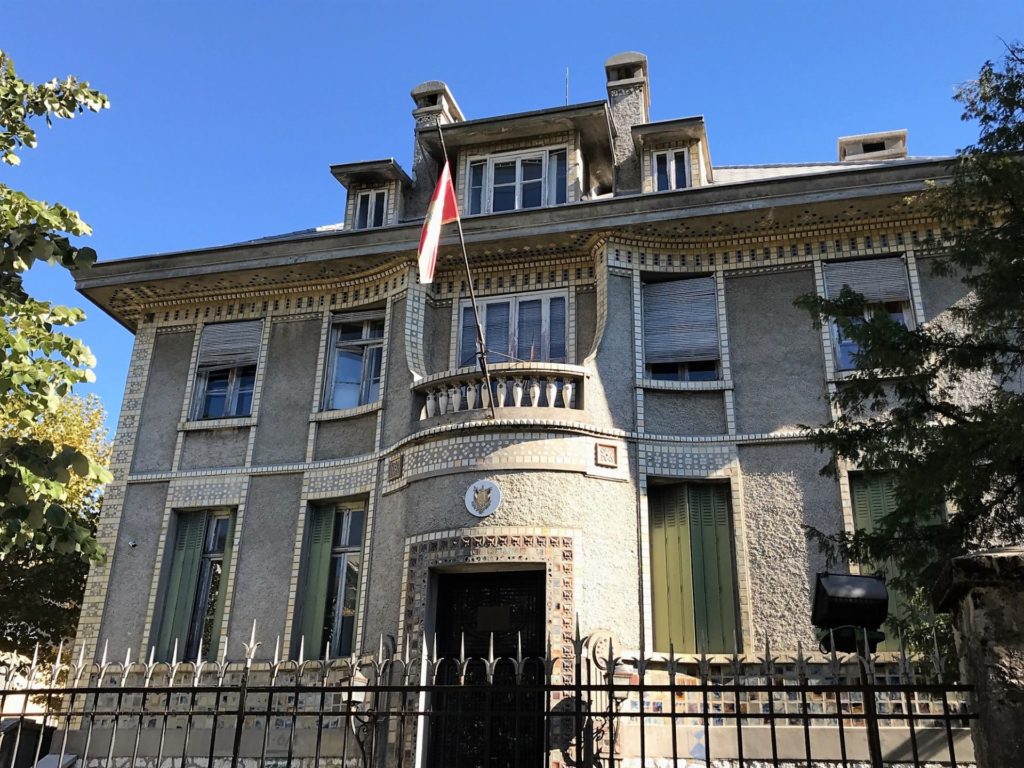
- Track down the old embassies
After 1878, when Montenegro’s independence was recognized by the Berlin Congress, European countries began to establish diplomatic relations with the new state, building impressive embassies in Cetinje. These missions currently host libraries and other public institutions in the area of art and culture. A particularly attractive building is the French embassy in Art Nouveau style (in the main street), decorated with ceramic tiles. It now hosts the central library. Exploring the town, you can easily track down the other embassies as well: the Serbian embassy is opposite to the King’s Palace (now the Ethnographic Museum), and next to the Palace is the Bulgarian one, now an attractive café. Further down the road is the British embassy, now a music academy, and when you turn left you can admire the Turkish embassy – now home to the Faculty of Drama. Particularly gorgeous are the peach-colored Russian embassy and the Austro-Hungarian embassy that also includes a Roman-Catholic chapel.
- Make a hike to Eagle’s Rock
It is a fairly short and easy hike from the Monastery to the top of Eagle’s Rock (Orlov Krš), where you will find the Mausoleum of the founder of the Petrović dynasty, Prince-Bishop Danilo I. The viewpoint offers a great vista of Old Cetinje and Mount Lovćen. By the way, near the Monastery you will first pass a big “guvno” (threshing floor) that played an important role in the history and culture of Montenegro: it was used by the Montenegrin rulers as a place to gather and make political and judicial decisions.
Of course, there are many other sights to discover in Cetinje, for instance the Vlaška church surrounded by a fence that was made from the barrels of 1,550 captured Turkish rifles, or the old Royal Theatre Zetski Dom that is still used.
I am sure I have convinced you that Cetinje is a charming and authentic town, perfect for a day trip from Podgorica or the coast. And don’t forget: this is also the best place to learn more about Montenegrin history and culture. The Old Royal Capital city is certainly worth a visit!
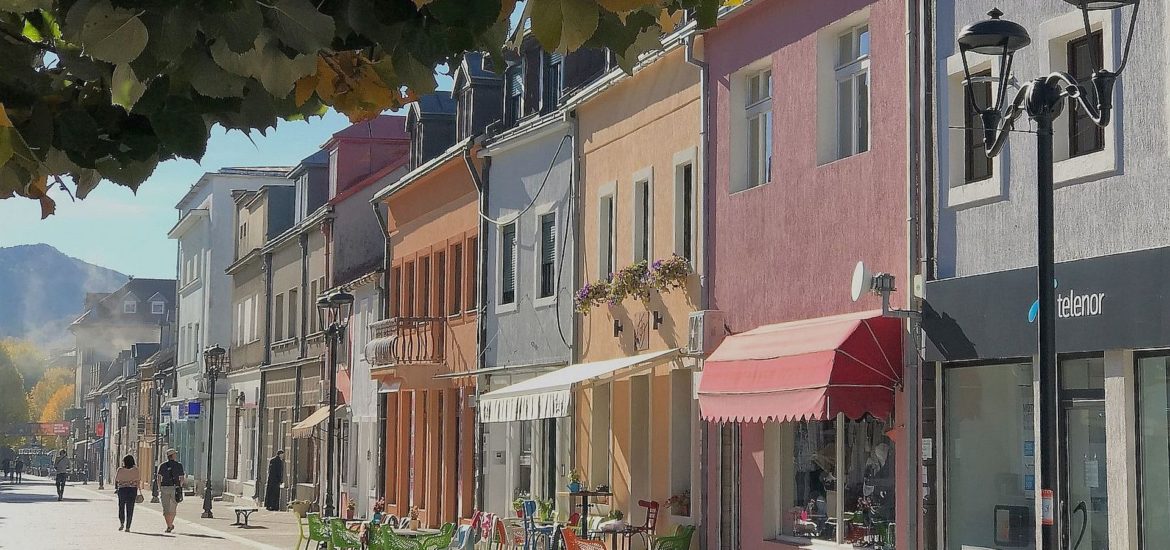
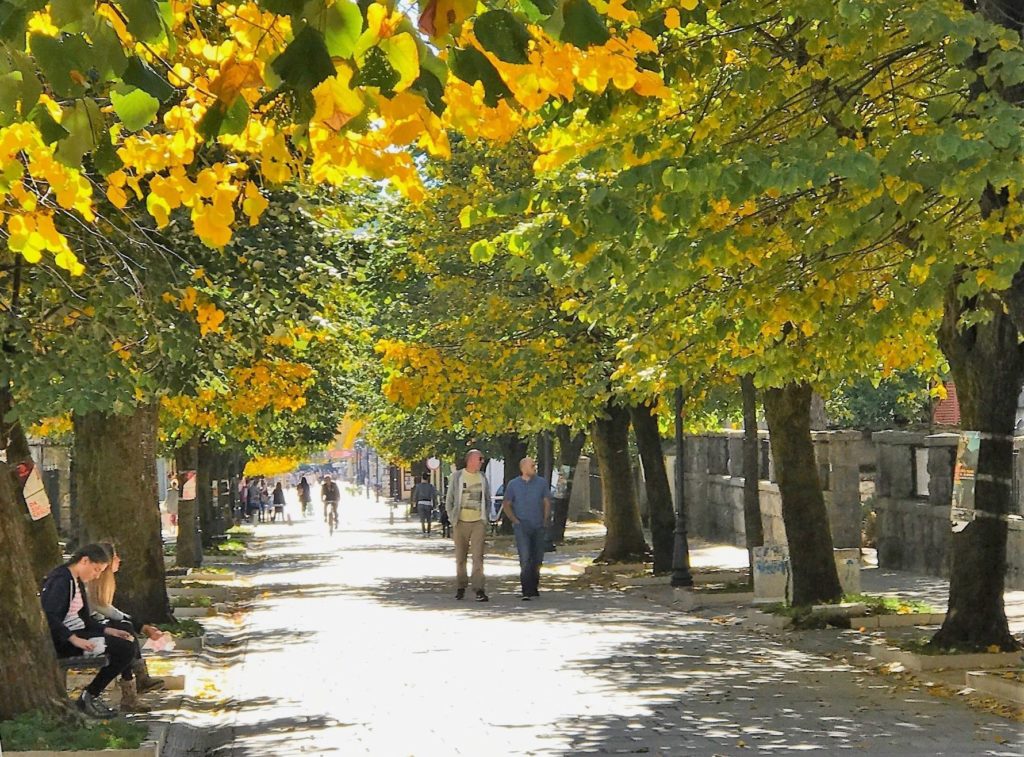
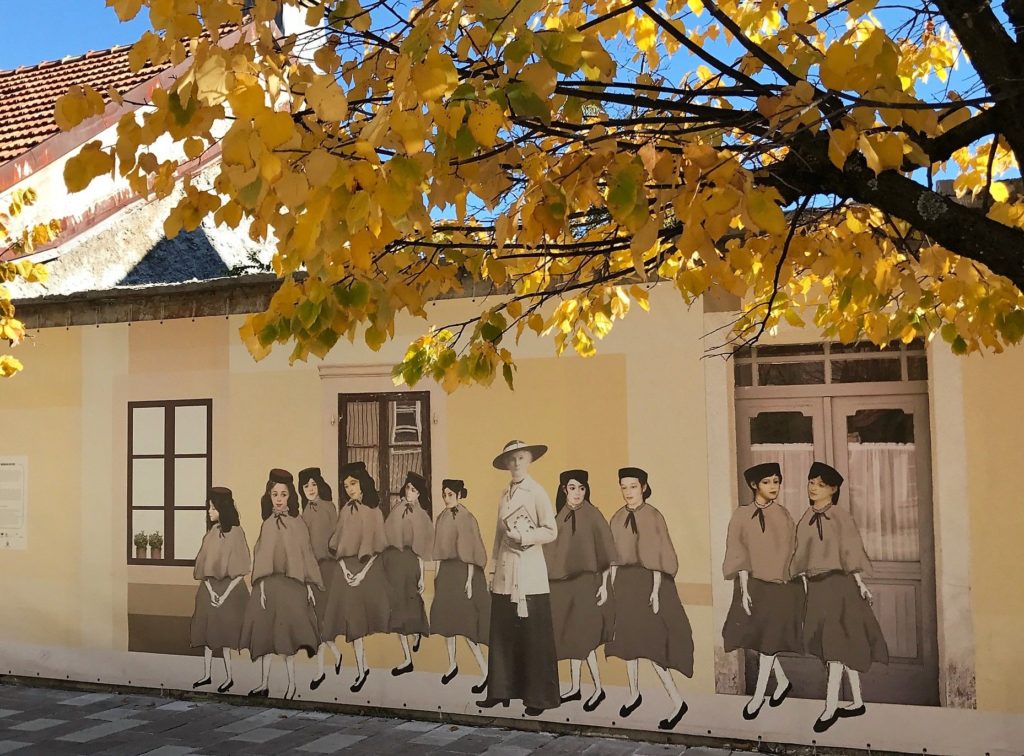
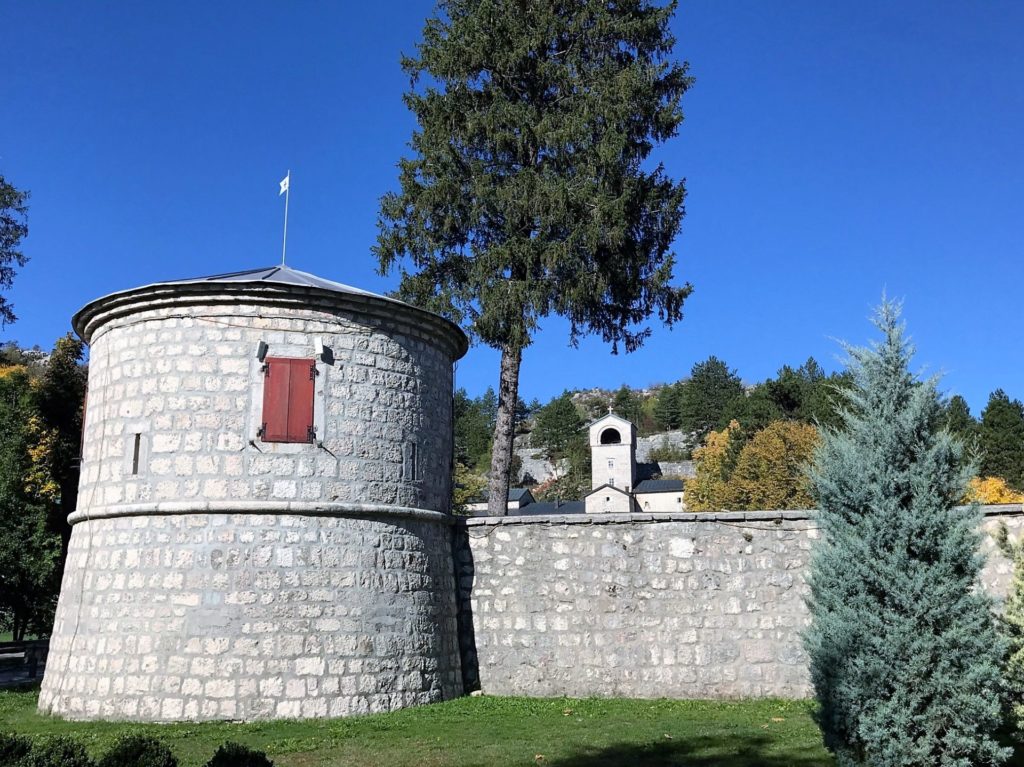
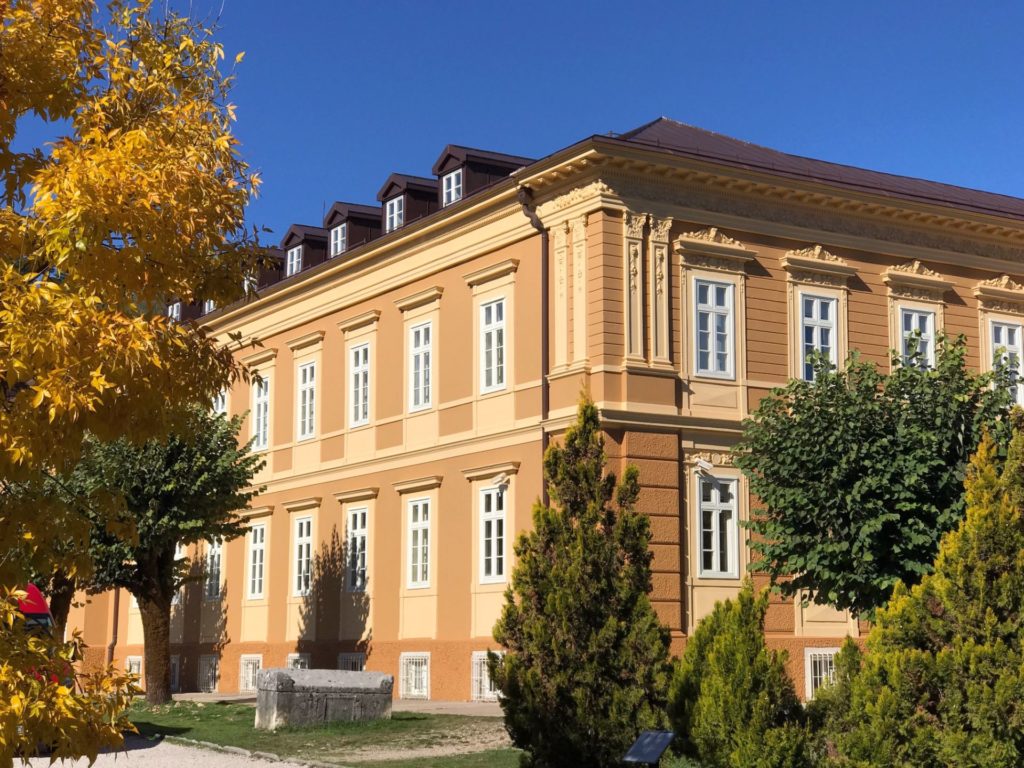
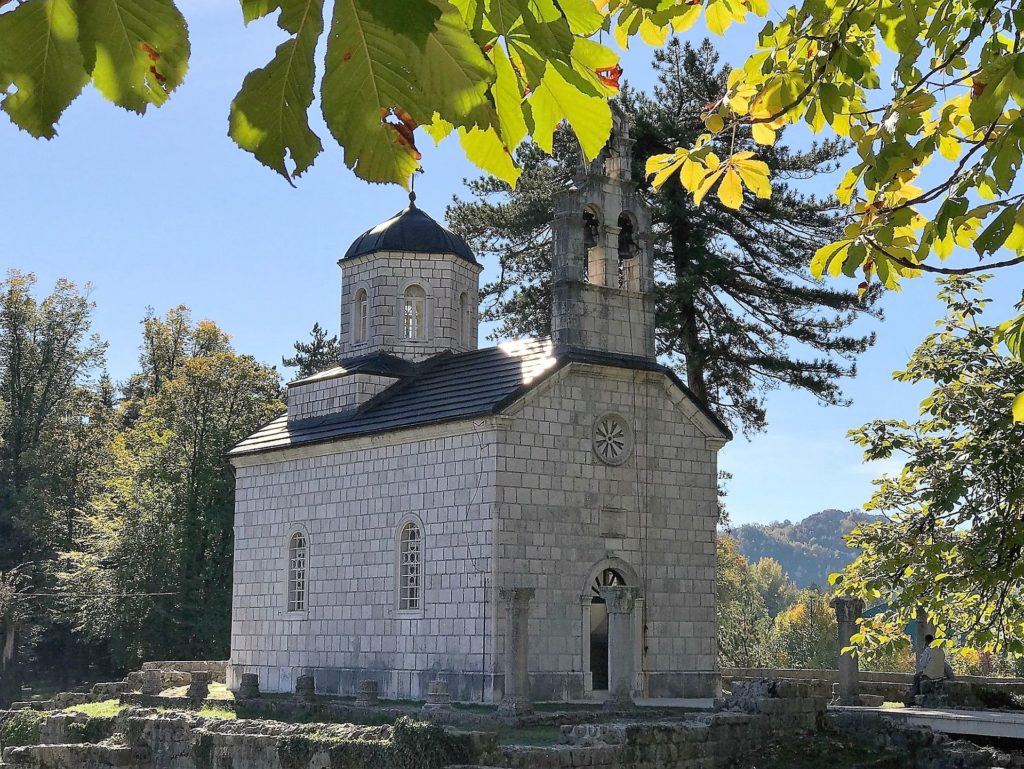

Thank You for Your beautiful posts. I enjoy reading them
[…] Cetinje, the former royal capital can be considered the cradle of Montenegro’s civilization, as it was founded in 1482 by the Montenegrin ruler Ivan Crnojević. It is nice to stroll through the main street, feel the laid-back atmosphere, visit the monastery and explore some of the museums and old embassies. Nearby Lovćen National Park offers stunning natural beauties and a visit of the Njegoš Mausoleum, built on the top of Mount Lovćen is an absolute must. […]
[…] Njeguši and further along the famous 25 serpentines to Kotor (40 km) or turn left and continue to Cetinje (9 […]
[…] you want to make a nice walk in Cetinje, don’t miss Orlov Krš (in translation: Eagle’s Rock)! This historical place and […]